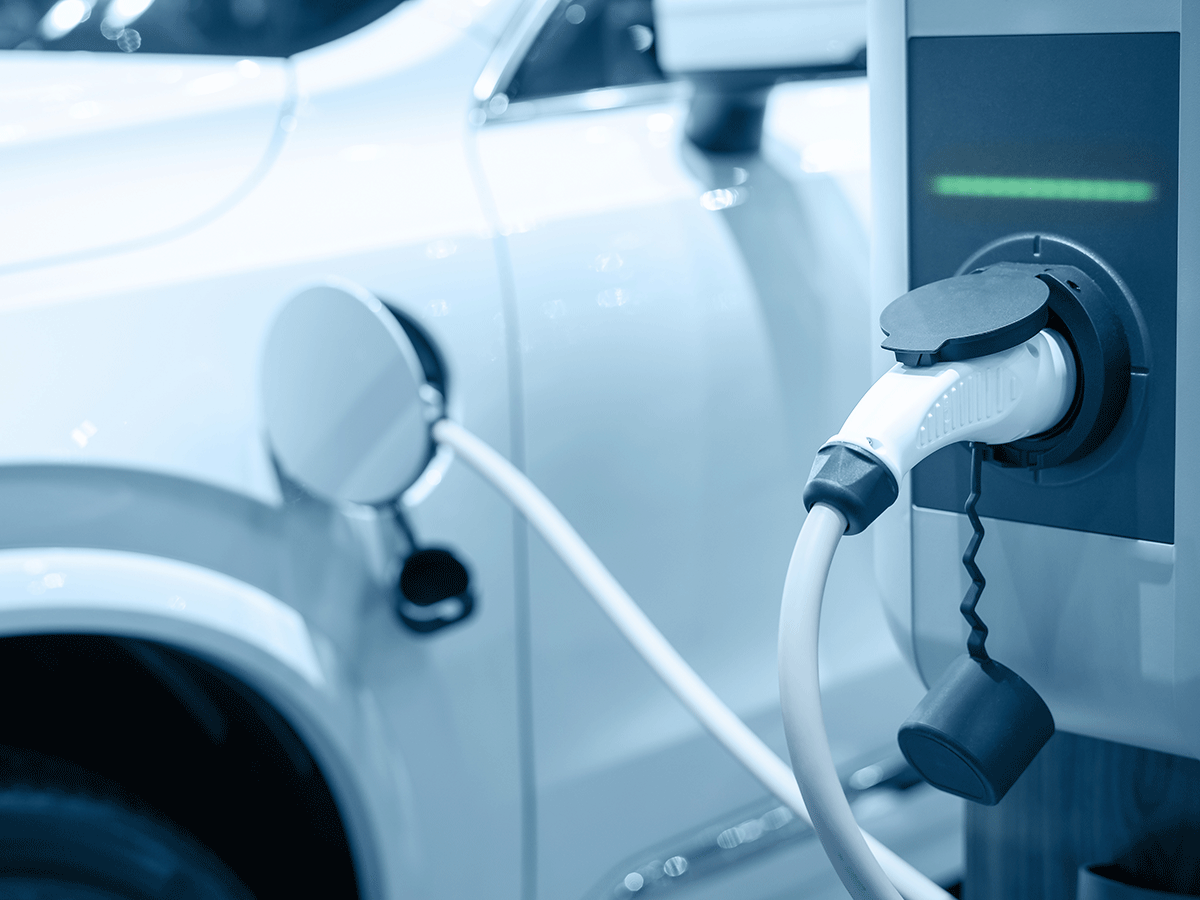
By Ajay Shankar
Electric vehicles (EVs)are now being seen in larger numbers. The share of electric three wheelers has reached around 45% of total sales. In Delhi, electric cars are now over 9% of total sales. Public charging stations are coming up at a rapid pace. The Indian consumer is highly price sensitive. If he is now buying EVs, he is doing so because they are so much cheaper to run, the cost per km being at least one seventh of the comparable internal combustion engine vehicle.
The immediate and visible effect of EVs is that they do not cause any air pollution when they run. Given the severity of the air pollution crisis especially in the cities of northern India, a complete switchover to EVs as soon as possible would be such a positive outcome. About a quarter of the air pollution comes from motor vehicles; recall the clear skies and fresh air during the complete lockdown.
But how do EVs look from the climate change and carbon emissions perspective. EVs do not use fossil fuels. But fossil fuels are used to generate electricity. So, the carbon emissions take place at other locations. The shift to EVs must be seen through the prism of two pathways. One is the full replacement of internal combustion engines by EVs. Europe is setting 2035 as the date when sale of internal combustion engine vehicles would cease. The other is the decarbonisation of electricity generation with renewables and grid storage. California has set 2035 as the date for full decarbonisation of its electricity system. When these two pathways meet, we have carbon free electricity and carbon free road transport. This would be a huge milestone in the journey to net zero carbon emissions. This is the reason why EVs are being promoted across the world.
As EVs gain market share, the first question that occurs is that do we have enough electricity to meet EV charging needs. Right now, we have adequate generating capacity. As we move towards creating the 500GW non-fossil fuel capacity by 2030 announced by the PM, availability of electricity for EVs would not be a constraint. Further, the time and cost needed for creating new RE capacity is the lowest. So, if electricity demand grows faster, creating additional generating capacity should not be a problem.
Another concern is around batteries, both around production and disposal. India has been forward looking and has included batteries under the PLI scheme. Investments in producing batteries are in the pipeline. This may well be a sunrise industry where we could become self-reliant (Atma Nirbhar) within this decade. As of now, market forces are working well in increasing supply of the rare earths and minerals needed for EV batteries. Battery costs have been declining. Technology development on using alternative materials also shows promise. It is now time to create environmentally sound recycling and waste disposal facilities for EV batteries. This responsibility is best borne by the manufacturers who would bring in global best practices.
The efficiency of energy conversion in an EV is astonishingly high. About 85% of the energy gets used in actually moving the vehicle. In comparison, in an internal combustion engine the energy that moves the vehicle is only about 20% for automobiles in the US. “ Even if the grid were entirely fueled by coal, 31% less energy would be needed to fuel gasoline cars..” according to Yale Climate Connections. From an energy efficiency point of view, EVs are clear winners. An EV battery, however, needs more energy to make; the mining and processing of the rare earths as well as the actual manufacturing of the battery. But again, on a life cycle basis the EV uses far less energy than an internal combustion engine.
Right now the share of thermal power in our electricity system is around 70%. So, the electricity being used in an EV is 70% thermal. The carbon emissions from this share of thermal power become significantly lower due to the far better efficiency of EVs. But this thermal share also would fall rapidly as the share of renewables goes up from the present level of 10% to 50%, and even more, in our electricity system in the coming years. India would be moving to the global frontier in the energy transition that is urgently needed.
[This piece was written exclusively for ETEnergyworld by Ajay Shankar, Former Secretary, Department of Industrial Policy and Promotion (DIPP), and Additional Secretary, Ministry of Power]
Also Read:
